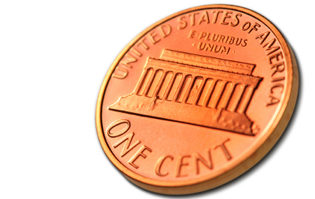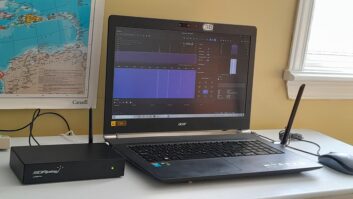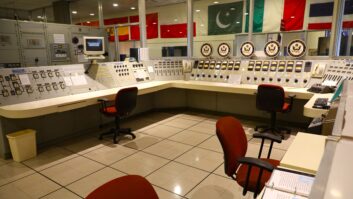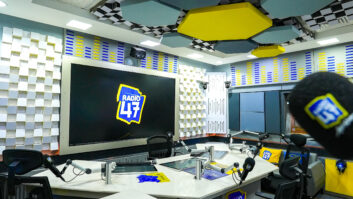A recent Radio World ebook explored trends in transmitters and considerations when buying a new one. This article is an excerpt from that ebook. Cris Alexander is director of engineering for Crawford Broadcasting, which owns 14 AM stations, nine full-power FMs and 13 translators. He is also the tech editor of RW Engineering Extra.
Radio World: What’s your philosophy or approach when you’re in the market for a transmitter?
Cris Alexander: Brand loyalty is a big factor for us. If we have a history with a manufacturer and a good working relationship with support personnel, that plays probably the biggest part in the selection process. If we know them and they know us (and by this I mean their people know and trust our people), that counts for a lot.
RW: Any advice for someone who hasn’t bought one in a while?
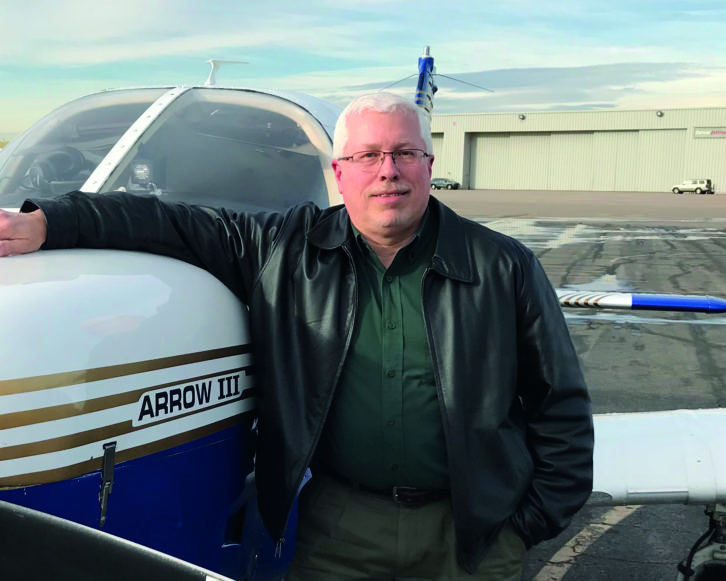
Alexander: Today’s transmitters are not your father’s Oldsmobile. They have features and options that were unheard of just a few years ago. User interfaces are totally different and often GUI-based. Many transmitters offer SNMP connectivity and control. Efficiencies are much greater than prior models. Cooling requirements, both in terms of tonnage and airflow, are totally different.
RW: What would you like transmitter companies to offer or make more widely available?
Alexander: Parts ordering through an “online store” would be a great step forward. We find that going back and forth with phone calls and emails to be cumbersome and unnecessary in today’s Amazon world. If the part number is known (and it should be), online ordering should be a snap, with the engine tied to inventory so there are no surprises, and with user-selectable shipping and payment options.
RW: What are the implications of virtualization on how transmitters are designed and used?
Alexander: See my RWEE “From the Tech Editor” column from August 2021 for my answer to this question and more.
[Sign Up for Radio World’s SmartBrief Newsletter]
RW: Is availability of parts for legacy transmitters a serious problem?
Alexander: This is a problem, and engineers often have to get creative, either substituting parts, sometimes modified, that they can get or in some cases changing the design of a circuit to use available parts.
This also plays into the useful life of a transmitter — no matter how good it is, when the point is reached where parts are no longer available, that transmitter has reached the end of its useful life.
We find that useful life to be getting shorter and shorter. Where a transmitter of decades past might have a useful life of 20 or 25 years, we’re finding that today’s transmitters may be more like 15 years. We’ll know when we get there. But we must plan for a shorter rotation cycle.
RW: Have supply chain issues affected transmitter manufacturers? What are they doing about it?
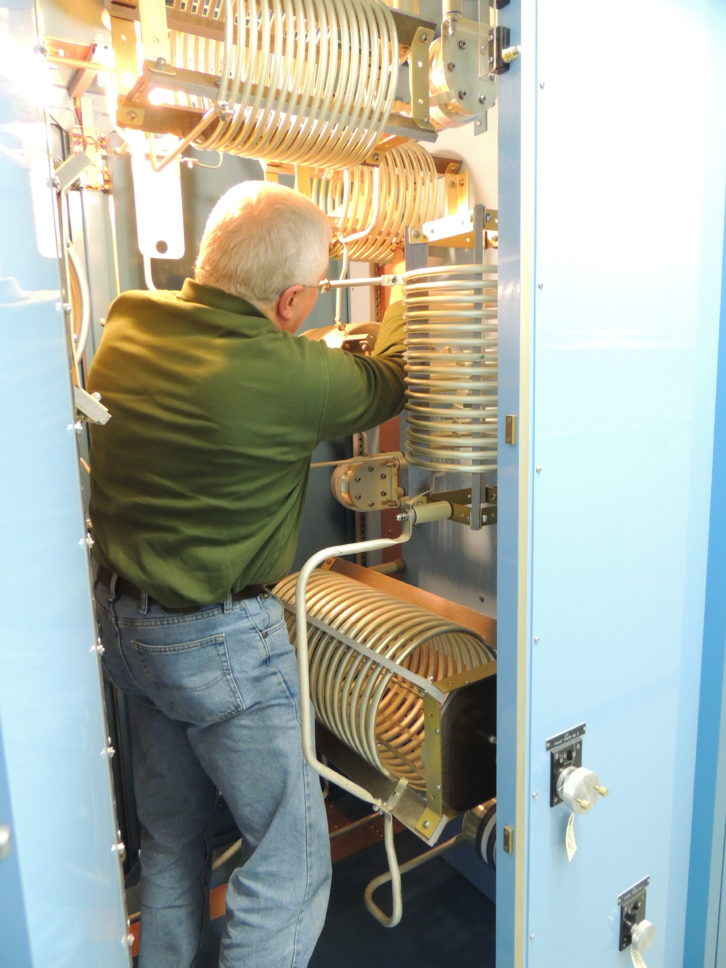
Alexander: We have found some supply chain issues with transmitter manufacturers, but by and large the ones we deal with have purchased adequate stocks of parts to stay ahead of demand — for a while, anyway.
RW: How can managers shopping for a transmitter best calculate what it will cost to operate over time?
Alexander: That should be straightforward, especially for FM where power levels are constant.
Power consumption and heat load are published specifications that can be used to determine the annual/monthly power consumption to operate and cool a transmitter in kWH, which can be multiplied by the price per kWH utility cost.
The demand will also need to be considered, and that can be estimated fairly accurately by subtracting the load of the current transmitter from the kW demand figure on the existing bill, then adding back in the load of the proposed new transmitter. Add the cost of the demand in kW to the kWH cost to get electrical consumption.
The remainder of the costs are maintenance related, and the manufacturer should be able to provide a reasonable estimate of those.
[Check Out More of Radio World’s Tech Tips]
RW: Modulation-dependent carrier level control has been allowed in the United States for some time now. What should engineers know?
Alexander: We have found that MDCL is very worthwhile and can save hundreds if not more than a thousand dollars each month in utility bills, but there is a point below which it isn’t worth messing with.
We used it on all our 50 kW stations. We have tried it all the way down to 5 kW and do in fact use it on one 5 kW station to reduce stress voltages on components in a high-impedance base network. It’s likely not worth messing with below 10 kW in most cases.
We have found that AMC is the best algorithm, mostly because of receiver AGCs and the way they operate. Using AMC, you can maintain the same apparent S/N ratio as you have without MDCL.
Lead photo courtesy of freepik.

